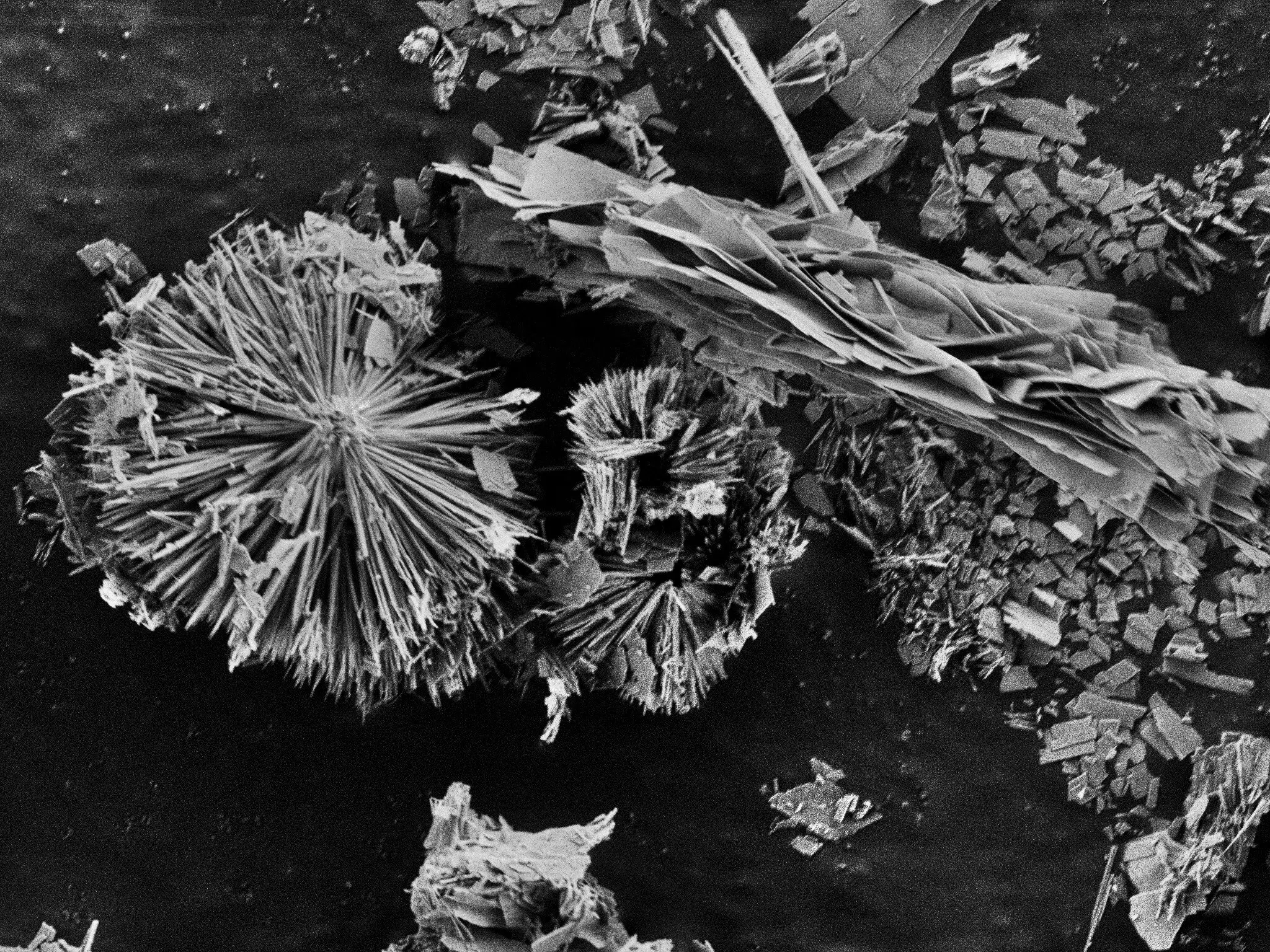MXenes, a class of materials with unique properties, have recently gained attention for their potential as catalysts in water splitting processes. A study led by HZB chemist Michelle Browne has shown that properly functionalized MXenes can outperform traditional metal oxide catalysts in the oxygen evolution reaction (OER) during electrolytic water splitting. This breakthrough could pave the way for more efficient and stable electrolyzers, a key component in the production of green hydrogen.
Electrolytic water splitting is a method used to produce hydrogen and oxygen gases from water using electricity. While the hydrogen production process is relatively straightforward, the OER, responsible for generating oxygen molecules, presents challenges due to the need for specialized catalysts. Traditional catalysts like nickel oxides, although cost-effective, suffer from corrosion and low conductivity in alkaline environments, limiting their effectiveness in electrolyzers.
The Potential of MXenes
MXenes, composed of metal atoms like titanium or vanadium sandwiched between carbon and/or nitrogen layers, possess a large internal surface area that can be leveraged for various applications, including catalysis. By functionalizing MXenes with copper and cobalt hydroxides, researchers have enhanced their catalytic performance in OER. These modified catalysts exhibit higher efficiency and stability than pure metal oxide catalysts, making them promising candidates for electrolyzer applications.
Insights from Characterization
Advanced characterization techniques, such as scanning electron microscopy (SEM/TEM) and X-ray spectroscopy, have provided valuable insights into the structural and chemical properties of functionalized MXene catalysts. Studies conducted at the BESSY II X-ray source have revealed the unique surface characteristics of MXenes, shedding light on their superior catalytic behavior. The collaboration between research teams from various institutions aims to further explore the potential of MXene catalysts in practical electrolysis setups.
The ongoing research efforts involving MXene catalysts for water splitting hold significant promise for the development of more efficient and cost-effective electrolyzers. By continuing to optimize the chemical composition and structure of MXene-based catalysts, scientists hope to overcome existing limitations in OER catalysis and accelerate the transition towards sustainable hydrogen production. The synergy between experimental investigations and theoretical modeling will play a crucial role in unlocking the full potential of MXenes in catalytic applications.
The recent advancements in MXene-based catalysts for water splitting underscore the importance of innovative materials design in addressing energy challenges. With further research and collaboration, MXenes could revolutionize the field of electrolysis and contribute to the widespread adoption of green hydrogen as a clean energy source.


Leave a Reply